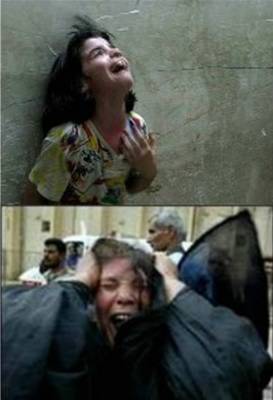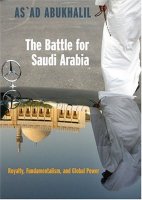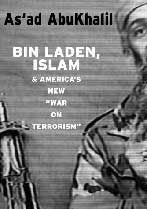"While the new U.S. arms deal with Saudi Arabia has attracted attention because its the biggest arms deal in history and because the pro-Israel lobby has uncharacteristically ignored it because its mostly supposed to intimidate Iran, perhaps the most interesting part of the deal is the helicopter package. These are not for use against Iran but are either for use against domestic opposition or more likely the Houthis. When they recently fought the Houthis the Saudis asked the Americans for help with satellite imagery but the U.S. state department refused because it would have violated the laws of war (we only support Yemen in oppressing its own population and Saudi Arabia in oppressing its own population, but we wont let them cross borders to oppress somebody else's population). So the Saudis are now getting Apaches, Blackhawks and light attack helicopters
So according to Anthony Cordesman's report at CSIS on the new Saudi arms deals, there were significant purchases of new helicopters. Cordesman explains that "they give Saudi Arabia a level of mobile strike power to cover virtually any area in the Gulf, and a quick reaction capability that relying on armored forces and ships could not possible match. Second, they provide a major increase in interoperability with US forces,and the near- equivalent of prepositioning in a major crisis without any of the peace political complications of active US presence on Saudi soil. At the same time, they give Saudi ground forces a far higher degree of ability to deal with Iran's capacity for irregular and asymmetric warfare on both land and sea. They give Saudi Arab the ability to strike with great precision and limited civilian casualties and collateral damage against non-state actors like those in Yemen. And finally, they provide a decisive edge in mobility and firepower against any raid or terrorist attack on civilians, government institutions and embassies, and critical infrastructure like petroleum facilities and desalination plants. In the past, Saudi Arabia has relied on a mixture of military cities and heavy armored forces near its most threatened borders, and the light armored forces in its National Guard for defense of its territory and key facilities. It has learned from past terrorist attacks, and fighting in the Yemeni border area, however, that it needs far more mobility, far faster reaction times, and the ability to support the police and counterterrorism forces under its Ministry of Interior with both helicopter lift, and the immediate firepower that only helicopters can provide...The full list of items in the transfer request in Figure Six also shows that These purchases will ensure that Saudi forces can deny Iran and terrorists any ability to "own the night," and strike with the same precision the US has used against terrorist networks in Iraq and Afghanistan."
and yes you can cite me. Nir Rosen, author of the must read book "Aftermath," with the best reporting on Lebanon, Iraq or Afghanistan you have so far seen (or have not yet seen but will see when you read it)"








